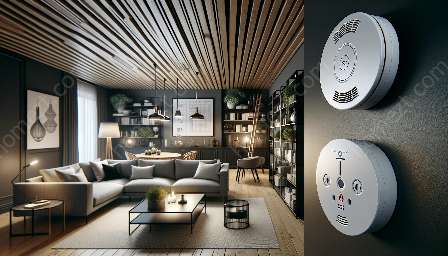Smoke detectors and fire alarms are crucial components of home safety & security, providing early warning in the event of a fire. Keeping these devices well-maintained is essential to ensure they function properly when needed. Proper maintenance not only ensures the reliability of smoke detectors and fire alarms, but also helps in preventing false alarms, increasing their lifespan, and ultimately saving lives. This comprehensive guide will delve into the various aspects of smoke detector and fire alarm maintenance, offering practical tips and expert recommendations to keep your home safe and secure.
Understanding the Importance of Maintenance
Smoke detectors and fire alarms are designed to detect the presence of smoke or heat and provide early warning to occupants in the event of a fire. Regular maintenance is crucial to ensure that these devices are always ready to perform when needed. Neglecting maintenance can result in malfunctions, false alarms, or, worst of all, a failure to sound the alarm when a fire occurs. By maintaining these essential safety devices, homeowners can significantly reduce the risk of fire-related injuries and property damage.
Components of Smoke Detectors and Fire Alarms
Before diving into maintenance tips, it's important to understand the basic components of smoke detectors and fire alarms. Most smoke detectors consist of a sensor, a power source (usually a battery or hardwired connection), and an alarm sounder. Fire alarms, on the other hand, may include additional features such as heat sensors, carbon monoxide detectors, and integrated systems for commercial or larger residential properties. Familiarizing oneself with these components can aid in performing effective maintenance.
Maintenance Checklist for Smoke Detectors and Fire Alarms
1. Test the Devices: Regular testing is the cornerstone of smoke detector and fire alarm maintenance. Most devices have a



